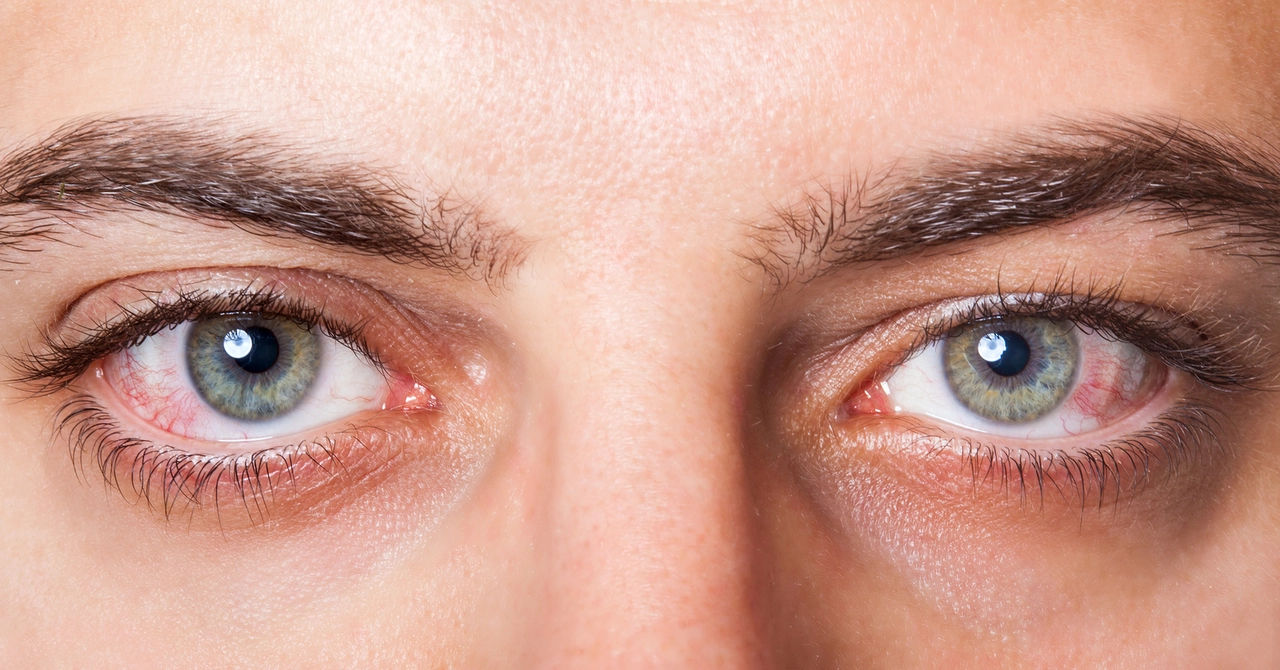Chloramphenicol eye drops: Uses, dosing, and safety
Chloramphenicol eye drops are an antibiotic used to treat common bacterial eye infections like conjunctivitis. They kill or stop bacteria that cause redness, pus, and irritation. Many people get quick relief within a couple of days, but you should stick to the full course your doctor or pharmacist recommends.
How to use them matters. Wash your hands, tilt your head back, pull down the lower lid to make a small pocket, squeeze a drop in without touching the eye, then close your eyes for a minute. Press the corner of your eye near the nose for 30 seconds if you want to reduce systemic absorption. If you wear contact lenses, take them out before using the drops and wait at least 15 minutes before reinserting lenses if cleared by a clinician.
Common dosing and duration
Dosing varies by product and age. For adults a typical schedule is one drop every two to four hours while awake for a few days, then spacing out as symptoms improve. For children the dose is smaller and timing depends on age and weight. Never improvise doses—follow product instructions or advice from a pharmacist or doctor. Finish the prescribed treatment even if your eye looks better, unless your clinician says otherwise.
Side effects and warnings
Most side effects are mild: burning, stinging, or blurred vision for a short time after a drop. Stop and get medical help if you notice severe eye pain, sudden vision change, increasing redness, or swelling around the eye. Rarely, chloramphenicol can cause serious blood problems if absorbed systemically, so avoid prolonged use without medical review. Tell your clinician if you have known blood disorders, liver problems, or are using other medicines that affect blood.
Where you live changes how easy it is to get chloramphenicol. In some countries it's over-the-counter for eye infections; in others you need a prescription. If you buy online, choose a reputable pharmacy and make sure the product matches the brand and concentration your clinician expects.
Alternatives exist if chloramphenicol isn't suitable. Depending on the bacteria, doctors may choose chloramphenicol ointment, azithromycin eye drops, fusidic acid, or topical fluoroquinolones. Your clinician will pick an option based on age, allergy history, local resistance patterns, and infection severity.
Storage is simple: keep the bottle tightly closed, store at room temperature away from heat and light, and discard unused drops after the manufacturer’s recommended period once opened (usually 28 days). Don’t share eye drops. Using someone else’s drops can spread infection or cause harm.
If symptoms don't start to improve within 48 to 72 hours, or if they worsen, see a doctor. When in doubt, get professional advice—eye issues can get serious fast if the wrong treatment is used.
Pregnant or breastfeeding? Tell your clinician. Some clinicians avoid chloramphenicol in newborns and advise alternatives for infants under two months. Always check dosing for babies, and follow up if feeding problems, rash, or poor weight gain appear during treatment. Call your pediatrician promptly.




